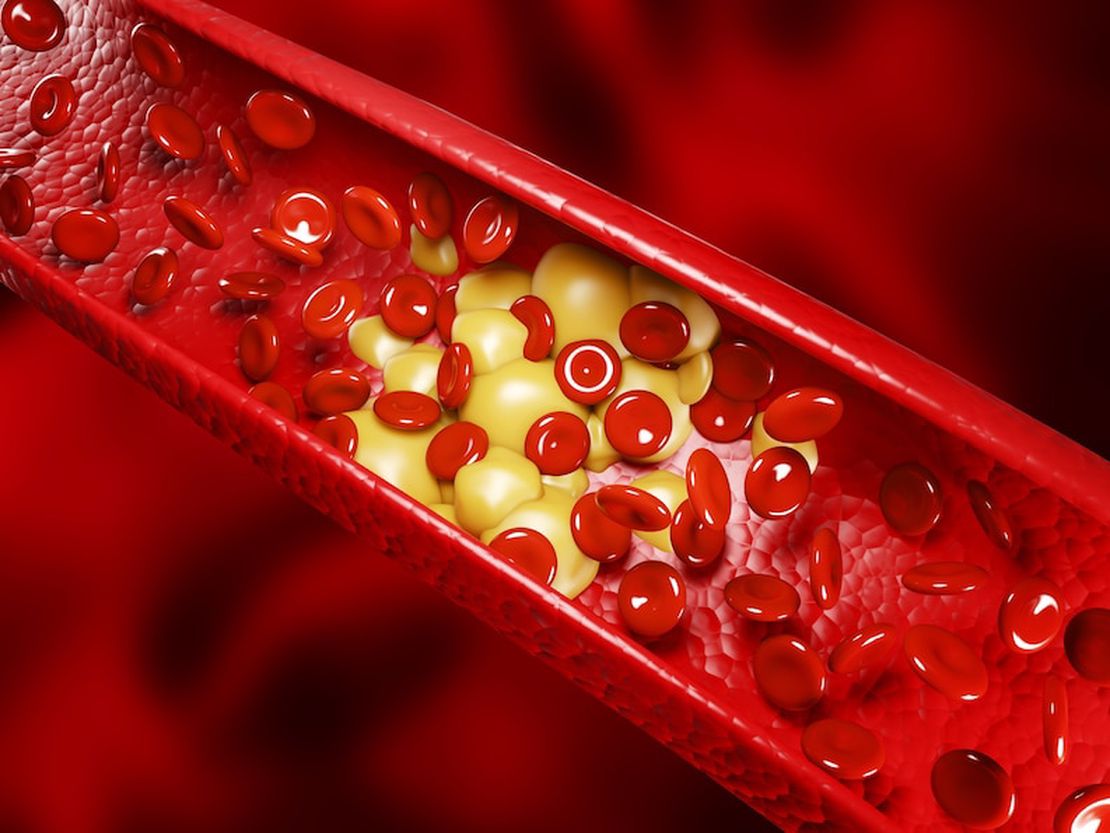Diabetes is one of the most common chronic diseases today and can have serious effects on foot health in particular. Among the negative effects of diabetes on the foot, diabetic foot wounds and diabetic foot symptoms hold an important place. Diabetic foot is a condition commonly seen in diabetic patients and can lead to serious complications if neglected. Diabetes can cause nerve damage and circulatory problems over time by causing high blood sugar levels. This condition can lead to the formation of wounds in the feet and prolong the healing process. Treatment of diabetic foot wounds is a complex process and may require different methods. In this article, we will focus on the treatment and prevention of diabetic foot wounds, especially with a treatment method called revascularization. We will also touch on diabetic foot symptoms and Istanbul diabetic foot treatment opportunities.
You can read our article What Happens When Diabetes Affects the Feet? to get basic information about diabetic foot.
Symptoms and Treatment of Diabetic Foot Wounds: Revascularization
Diabetic foot symptoms include wound formation in the foot, non-healing wounds, redness, swelling, pain and infection in the foot. An important step in the treatment of diabetic foot wounds is a procedure known as revascularization. This method aims to expand or reopen narrowed or blocked blood vessels in order to increase blood flow to the wounded area and correct circulation. The main purpose of revascularization is to speed up the wound healing process and reduce the risk of infection. There are many centers and doctors specialized in Istanbul diabetic foot treatment.
Methods Used for Revascularization
-
Balloon Angioplasty: In this method, a catheter is placed in an artery and directed over the narrowed blood vessel in the wounded area. The balloon at the tip of the catheter is inflated, thus helping the blood vessel to expand and increase blood flow.
-
Stent Placement: After the balloon angioplasty procedure, a type of metal tube called a stent can be placed to ensure that the narrowed blood vessel remains open. The stent helps the blood vessel stay expanded and regulates blood flow.
-
Bypass Surgery: If balloon angioplasty or stent placement is not sufficient, bypass surgery may be considered. In this procedure, a new path is created next to the blocked or narrowed blood vessel and blood is allowed to reach the wounded area.
You can visit our treatment methods page for more detailed information about diabetic foot treatment.
Treatment Process and Importance
Revascularization treatment is an effective option for suitable candidates. However, a comprehensive evaluation by a doctor is required to determine the most appropriate treatment method for each patient. Additionally, revascularization procedures may also involve some risks, so it is of great importance to follow your doctor’s guidance and recommendations. Patients seeking Istanbul diabetic foot treatment should get support from doctors who are experts in their field.
You can read our article Hyperbaric Oxygen Therapy to learn about modern treatment methods.
Prevention and Management of Diabetic Foot Wounds
Preventing diabetic foot wounds is as vital as treating them. It is important to follow the steps below to take precautions before diabetic foot symptoms appear:
-
Regular Doctor Check-ups: It is important for diabetic patients to go to regular doctor check-ups. These check-ups can help diagnose possible problems early.
-
Good Control of Diabetes: Regulating and keeping blood sugar levels under control can reduce the risk of circulatory and nerve damage.
-
Foot Hygiene and Skin Care: It is important to wash, dry and moisturize the feet regularly. It helps prevent skin cracks and injuries.
-
Appropriate Shoe Selection: Comfortable, appropriately sized shoes that support foot health should be preferred.
-
Healthy Lifestyle: Eating healthy, exercising regularly and not smoking can reduce the risk of diabetic foot wounds.
You can read our article Buerger’s Disease and Wound Care for more information about wound care and protection methods.
Conclusion
Diabetic foot wounds are a condition that can lead to serious complications. Methods such as revascularization can be used to speed up the healing process and reduce the risk of infection. However, these treatment methods may vary for each patient and your doctor’s guidance is important. Regular doctor check-ups, good control of diabetes, foot hygiene and healthy lifestyle habits are important to prevent diabetic foot wounds. You can consult an expert doctor for more information about Istanbul diabetic foot treatment and diabetic foot symptoms.
You can also read our article Osteomyelitis (Bone Infection) for more information about diabetic foot complications.




